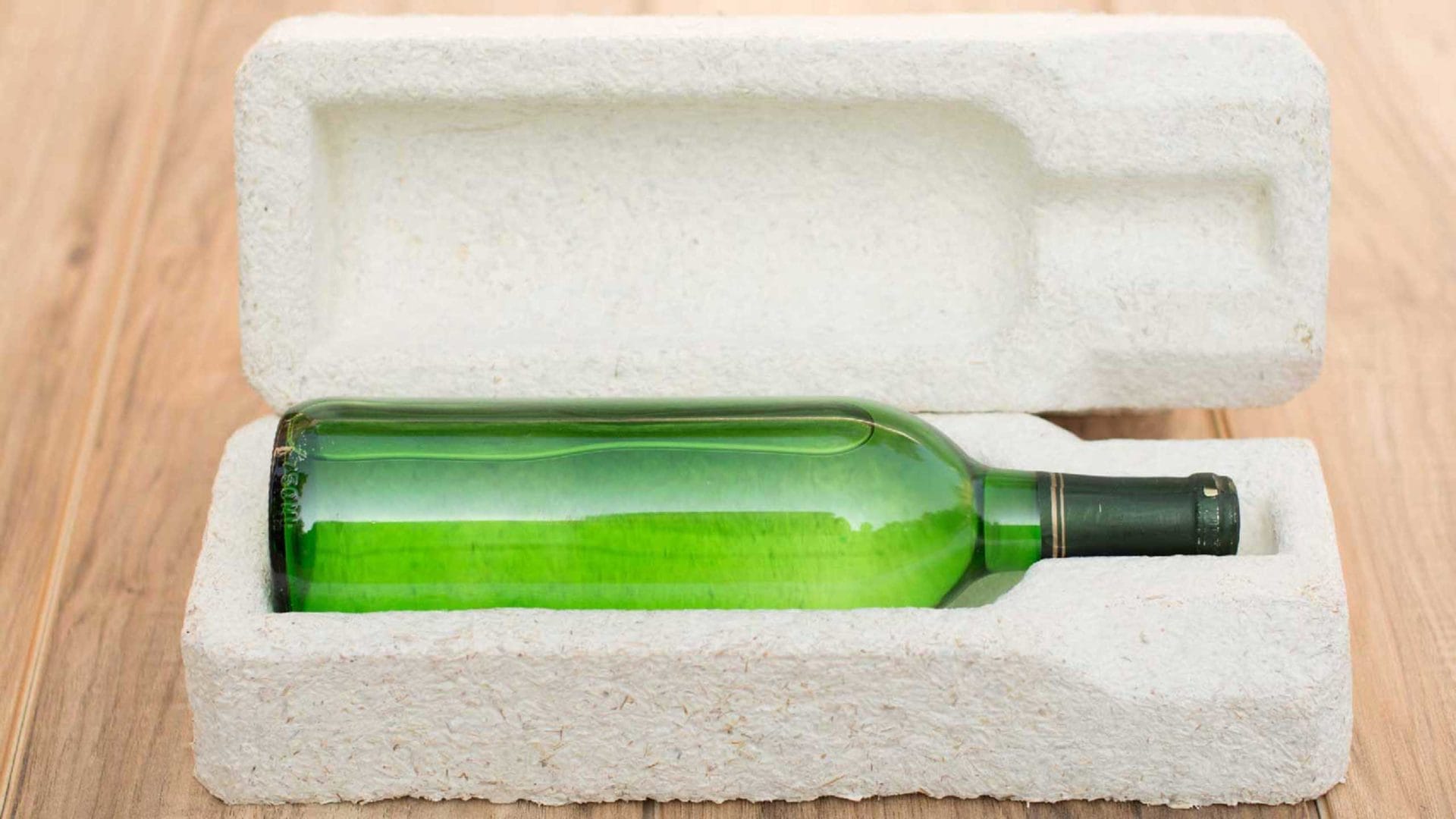Grown into shape: the shipping packaging of the future.
It’s not just since the pandemic that huge quantities of food have been delivered to doorsteps – triggered by countless online orders. Such deliveries could become more sustainable thanks to solutions such as MycoComposite™ from manufacturer Ecovative, which replaces stryopor with cultivated mushroom-based material.

Image source: Ecovative Design
The MycoComposite™ mushroom packaging solution made from mycelium was developed by Ecovative Design in 2007 and represents a more cost-effective and biodegradable alternative to conventional foams. There are now numerous providers worldwide. The great advantage is that it is completely compostable. Based on a mixture of the fungus-cell combination mycelium with substrates from agricultural by-products (oats, buckwheat), the mushroom packaging is grown without the use of chemical substances. After a 5-7 day development phase, heat exposure causes the growth to stop. The result is a packaging that can be grown in any desired shape without the addition of water or sunlight.
However, the material has not yet become established in shipping packaging. The effort and cost of production cannot yet keep pace with the manufacture of conventional fillers, so mycelium manufacturers such as Ecovative are now focusing on higher-priced products. They are more likely to be used as foam substitutes in textiles or furniture, as leather substitutes or as meat substitutes in the food sector.
Our conclusion: Very exciting for the areas mentioned above, but mushroom-based materials will continue to struggle in packaging for FMCG such as food. At least as long as conventional materials are still cheap and legally permitted. Other sustainable alternatives are also on the rise, such as foams made from corn grits.
Best Practice: ECOVATIVE